Fujifilm X-T4 review
Can this solidly built enthusiast’s camera raise sufficient enthusiasm from us?

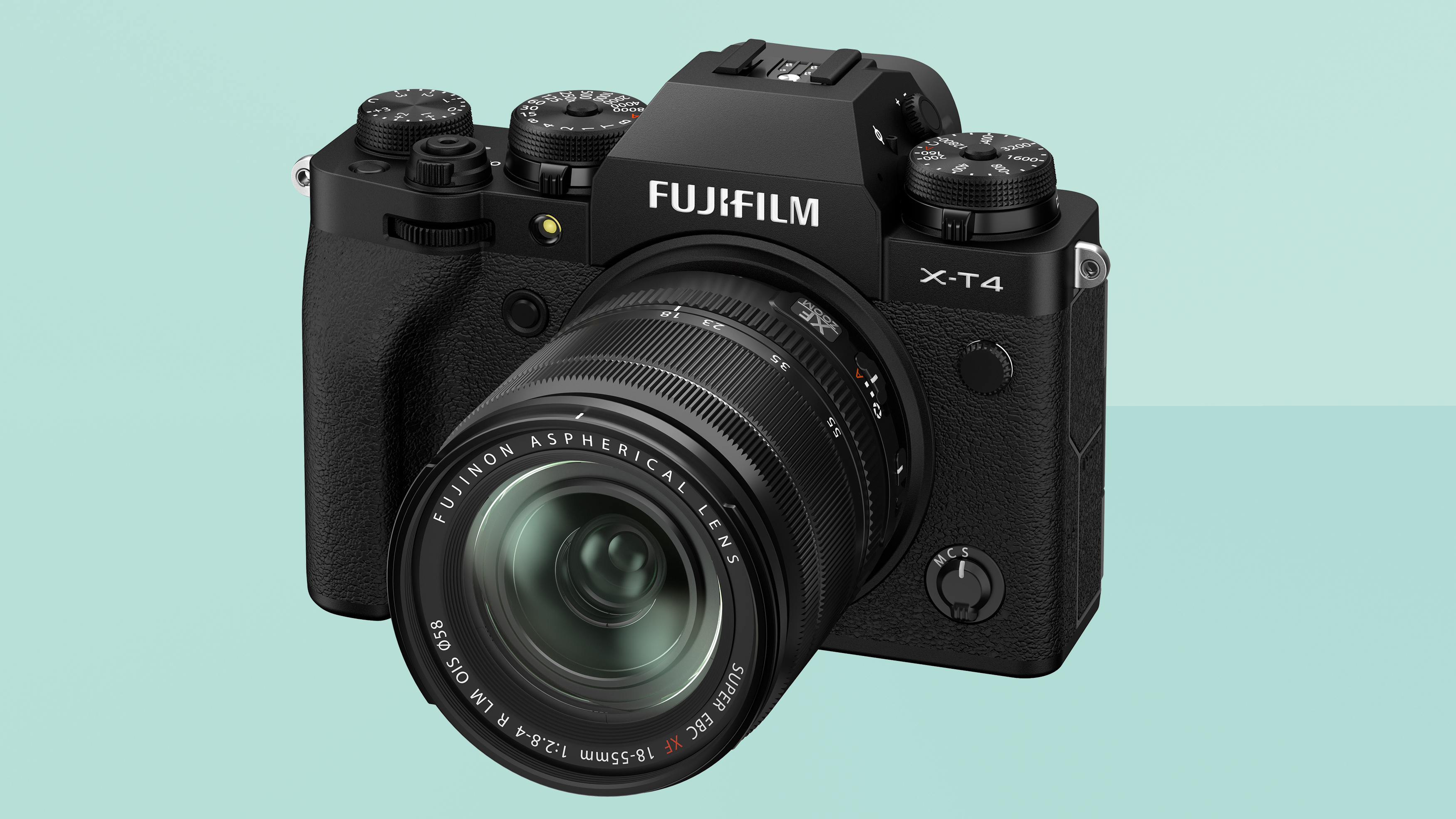
-
+
Body integral anti-shake unit provides better results in lower light
-
+
Sturdy well-built unit festooned with manual control options
-
+
best of both worlds screen and viewfinder operation
- +
- +
-
-
Pricey
-
-
Bulky
-
-
No body-integral pop-up flash
Why you can trust T3

Usually when digital cameras are upgraded – here, the Fuji X-T4 replaces its numerically inferior X-T3 – the ‘new’ camera is smaller and lighter, while still possessing interior firepower the equal or better of its predecessor. However, the fourth generation of this particular interchangeable lens compact arrives a little wider, deeper, and heavier than its forebear.
Why? Well, one new component is a very welcome image stabilization unit – or anti-shake feature if you like – providing a whopping extra 6.5 equivalent stops of exposure, thereby helping to ensure sharper images when shooting handheld or in lower light without flash.
Incidentally, while we don’t get a pop up integral flash with this enthusiast’s model, we do get the option of adding an accessory flash, which most serious photographers at this level of investment will want to do anyway.
Also new and improved on the Fuji X-T4 is its shutter unit, which now boasts up to 15 frames per second continuous capture speed, a figure ramped up from the X-T3’s 11fps. Its shutter sound is claimed as 30% quieter than its predecessor too.
So with the above ‘tweaks’ in mind, let’s dive in and discover how this APS-C sensor incorporating mirrorless camera actually handles…
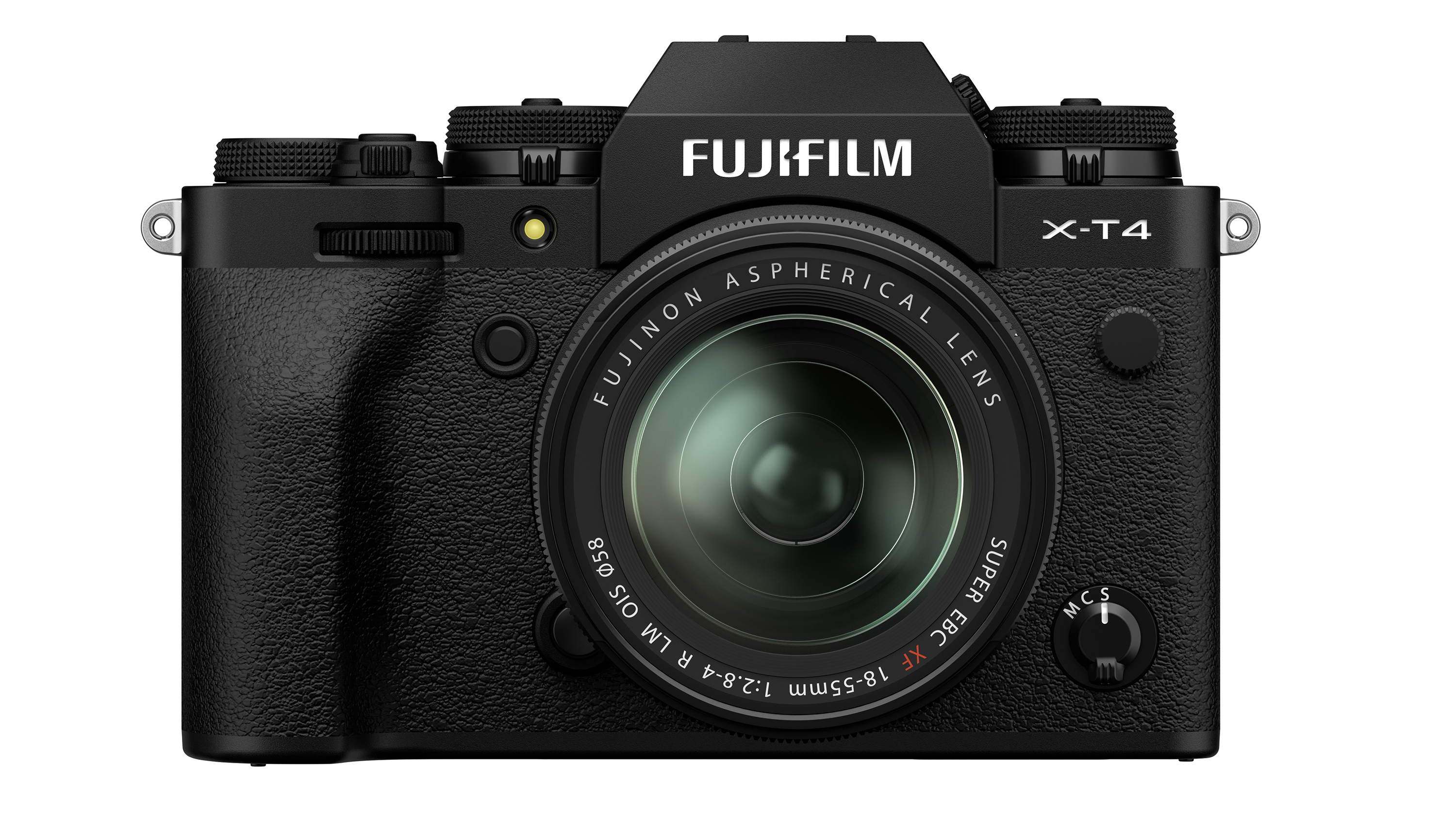
Fujifilm X-T4 review : Design and Handling
We were sent the X-T4 in black with a chunky and prominent 16-80mm zoom, such a lens specification meaning that it is as adept at capturing landscapes at its widest setting as it is portraits and close-ups at its maximum telephoto setting.
However, twinning it with the already solidly built camera body does make for a combination that is weightier and chunkier overall than both the X100V and X-T30 models that sit below it in Fuji’s range. That said, it is still a more compact and more portable proposition than a mid-range digital SLR with an equivalent lens reach would offer.
Get all the latest news, reviews, deals and buying guides on gorgeous tech, home and active products from the T3 experts
In short, the Fuji X-T4 delivers a weather-resistant semi-professional setup that’s not particularly made for squeezing into the glove box of the car or the pocket of your jacket. You’ll be bringing this one out for when you mean business – not just the odd casual snap.
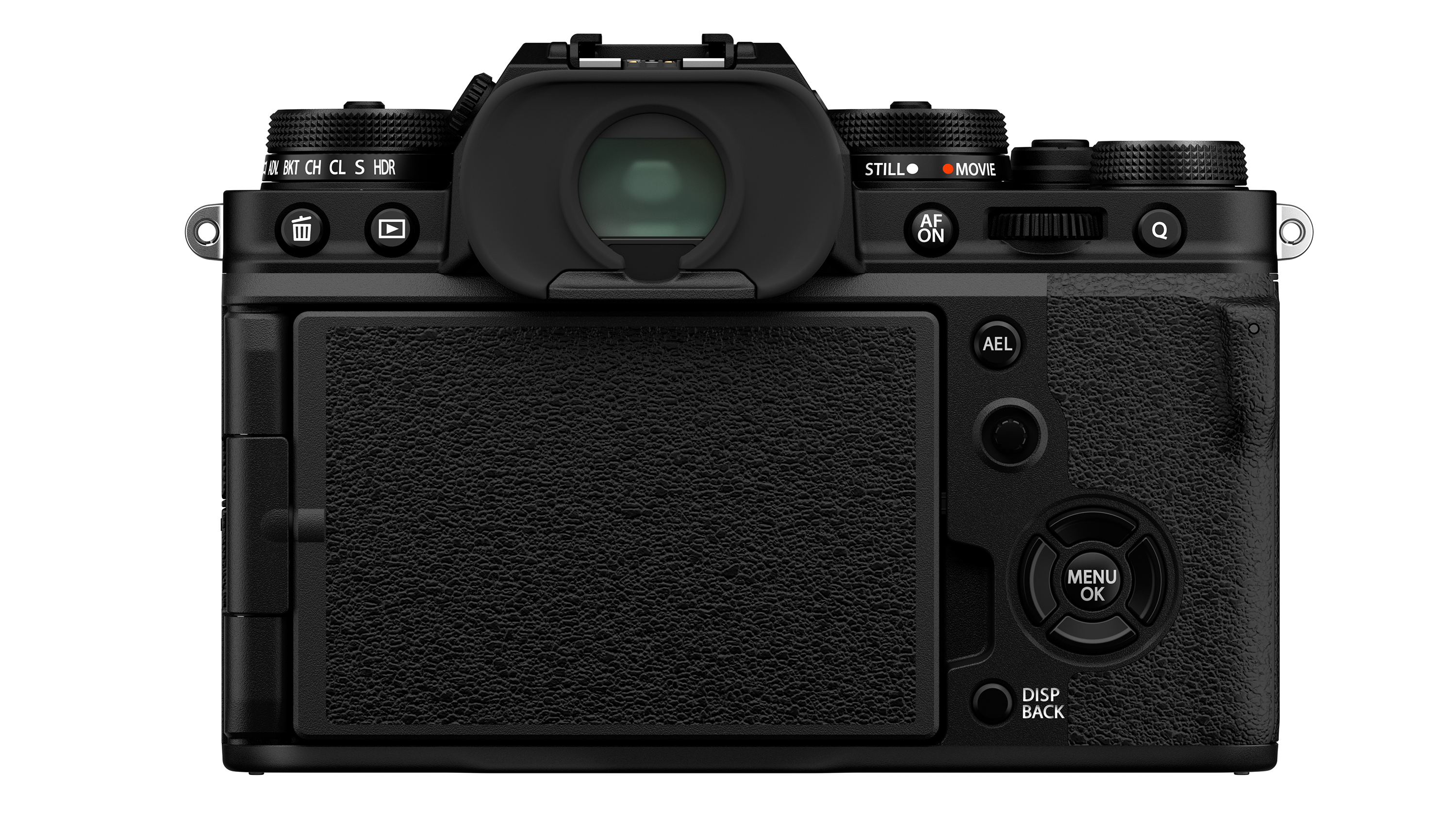
Fuji X-T4 review: Features
The Fuji X-T4 retains the X-T3’s sensor and processor – two of the key camera elements that are normally swapped out and updated for successive generations. So what’s changed or been enhanced here?
We’ve already covered the new shutter and built-in image stabilization unit in our introduction. Like most successive generations of digital cameras, additions to these include the fact that the camera’s autofocus performance has also been ramped up, improved in the areas of eye and face detection, and now being more accurate at tracking moving subjects.
Fittingly, given the ‘4’ in the model’s name, the X-T4 can also deliver us 4K resolution video, here up to a respectably cinematic 60fps. Alternatively, we are able to get creative at Full HD resolution thanks to a whopping 240fps capture speed for extreme slow-motion results. Perfect for when you want to capture every movement in sports!
Given such data-hungry demands, the X-T4 thankfully has two available SD card slots beneath a flap on its flank, and we’re able to record to them at the same time.
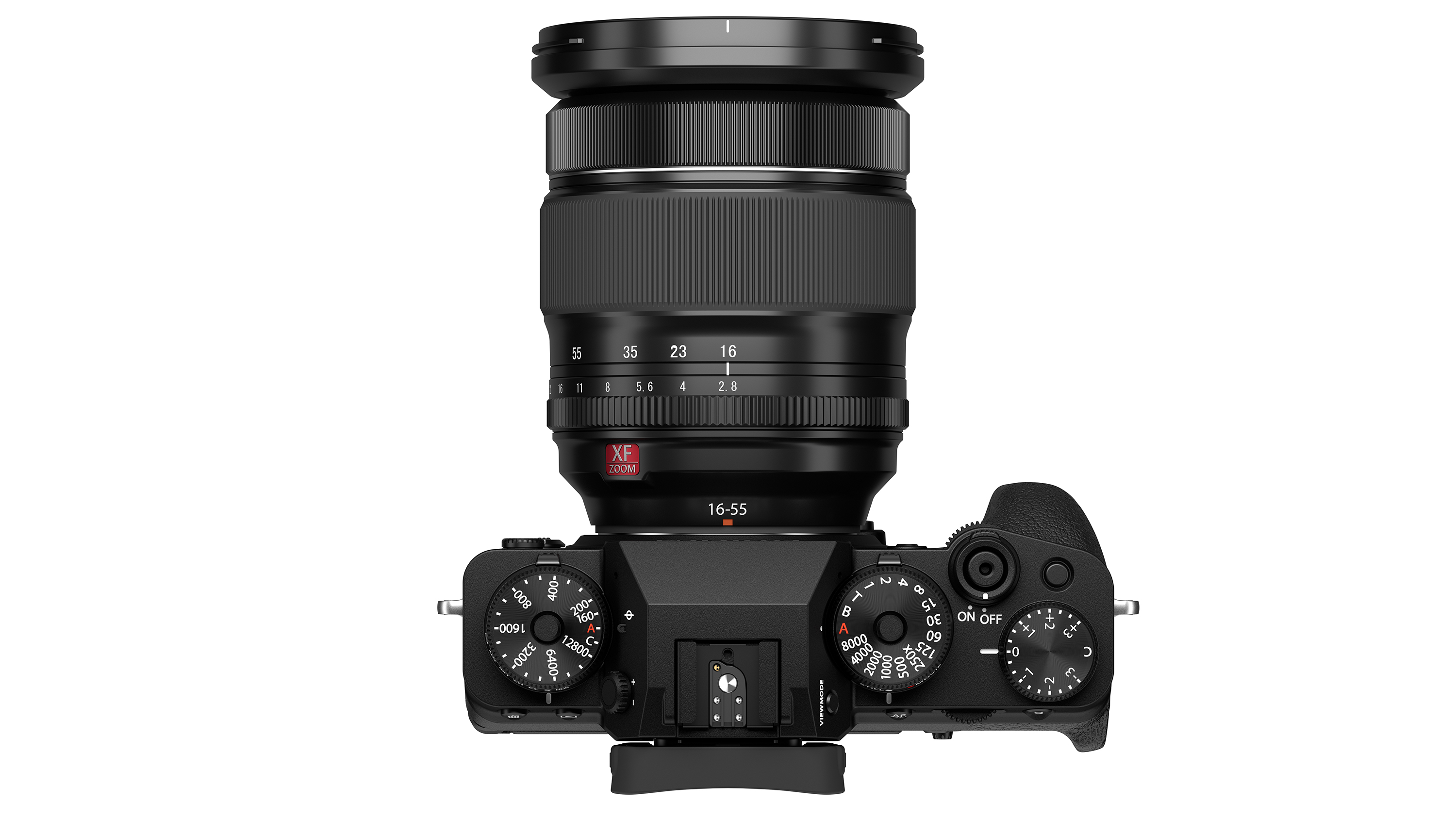
Fuji X-T4 review: Performance
We enjoyed the fact that the X-T4 features a lever beneath its top-plate shutter speed dial that allows users to instantly switch between shooting video and stills. This is obviously instead of providing a standalone red record button elsewhere on the body. Generally, those photographers who prefer dialing in settings via rotatable controls than just pointing and shooting will get the most out of this camera.
Cleverly, the 1.62 million-dot resolution LCD screen is here a touch screen that can be flipped out parallel to the body. As well as a new layout for the positioning of its AF-on, AEL and ‘Q’ (quick) menu buttons, the camera’s SD card cover is detachable – something achieved by sliding a panel on the inside of the cover itself – thereby allowing users to swap cards if using a camera cage.
The Fuji X-T4 is capable of delivering a respectable 500 frames from a full charge of its lithium-ion battery, which is an improvement on its predecessor’s 300-shot performance. Power users can do better however if they invest in an optional power grip – the VG-XT4 – that was launched alongside the camera which adds two further cells and allows all three batteries to, in combination, juice up the camera’s performance to 1,450 frames, which is up there with the kind of semi-professional DSLR this mirrorless camera is competing with.
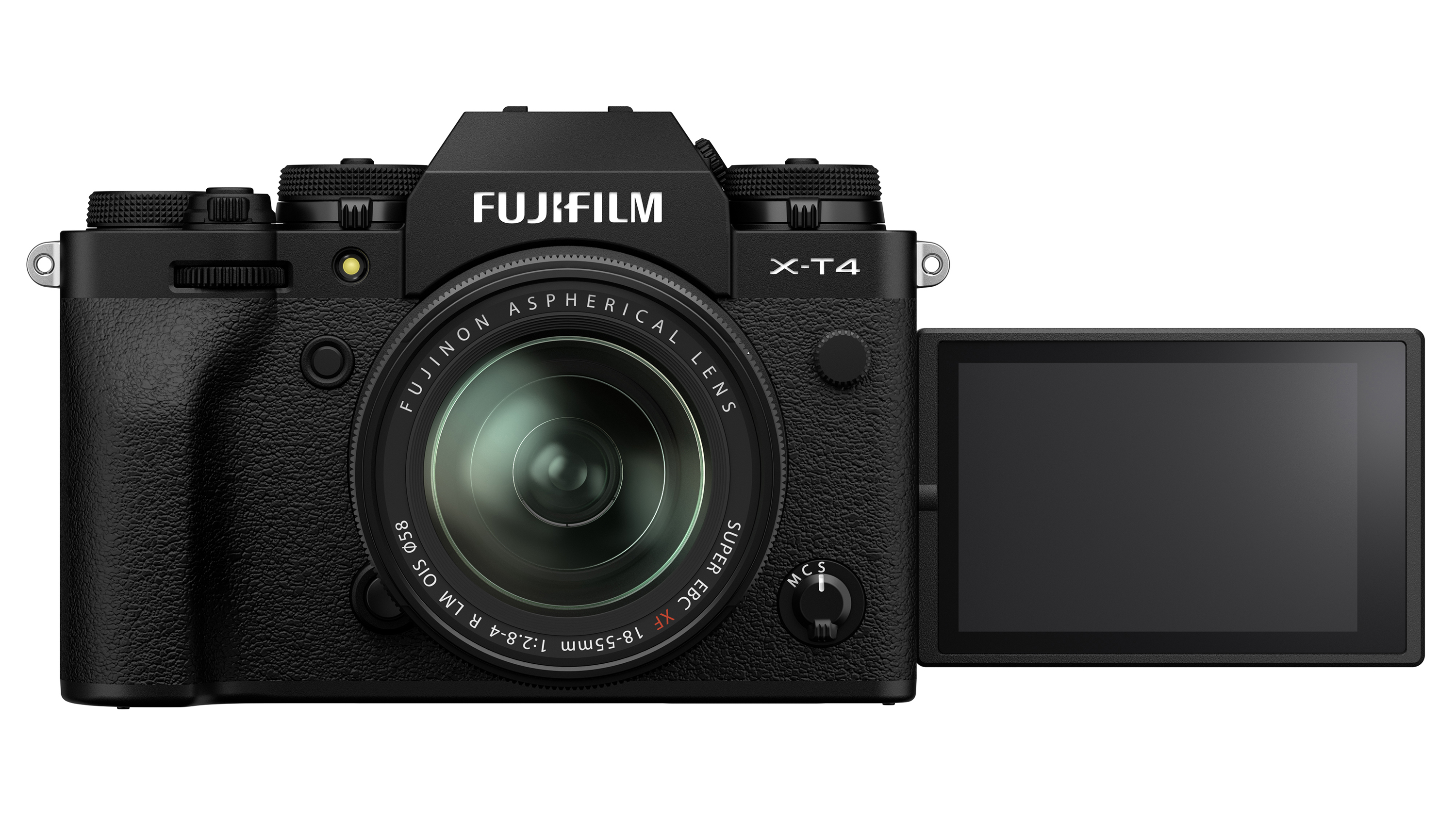
Fuji X-T4 review: image samples
This being a Fuji camera, even on its default ‘Standard’ setting realistically rendered colors are the order of the day. We further have the option to flip through the Film Simulation modes on offer to give a bit of extra saturation via the likes of the ‘Velvia’ setting – which refers back to Fuji’s film rolls of old – and therefore visual punch if required. Thanks to the combination of built-in sensor and the chunky wide-angle 16-80mm f/4 R OIS WR zoom lens we had fixed to the camera, we were able to get some commendably sharp shots that we’d have to scrutinize very closely to be able to tell any difference between these and those from a full-size DSLR.








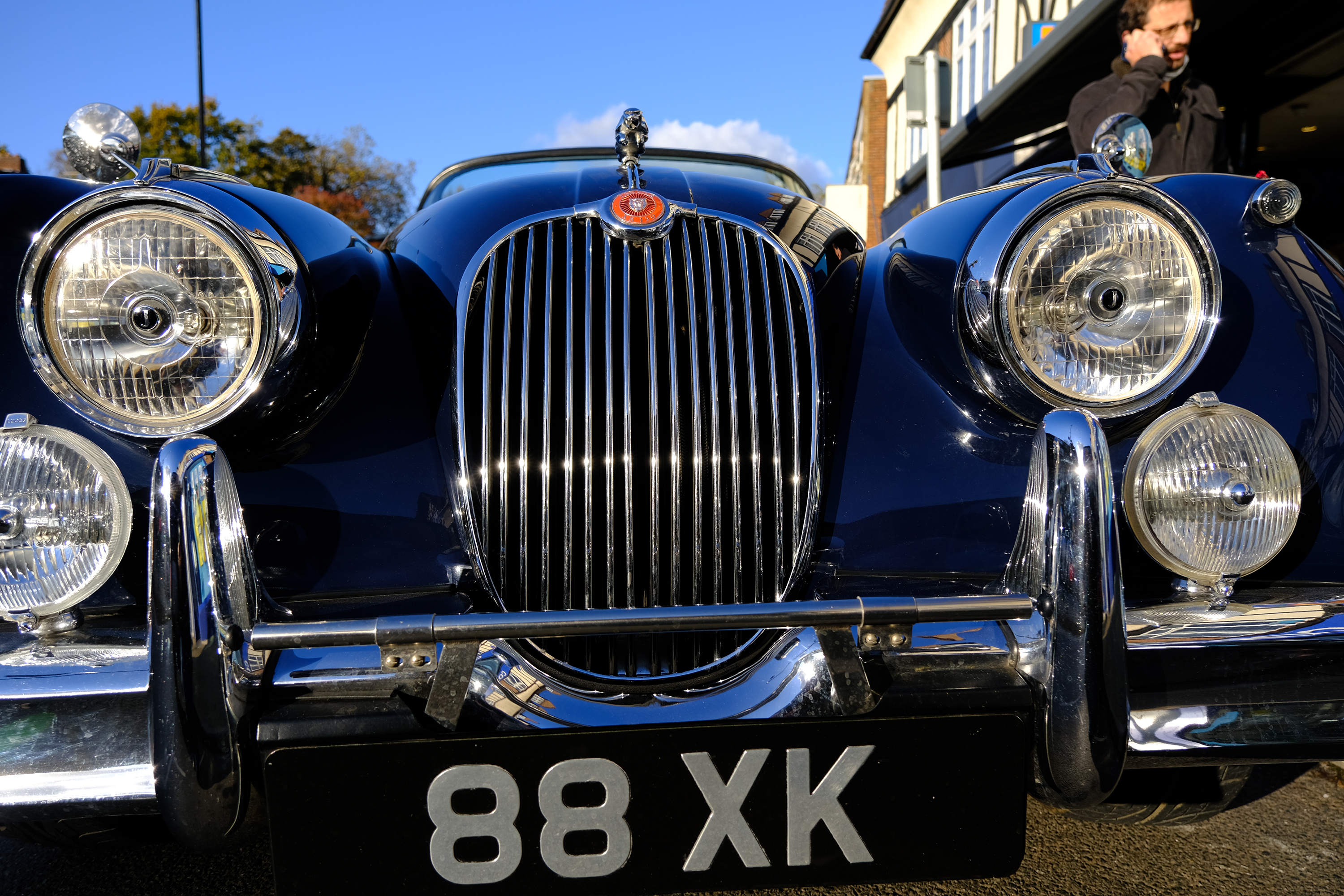

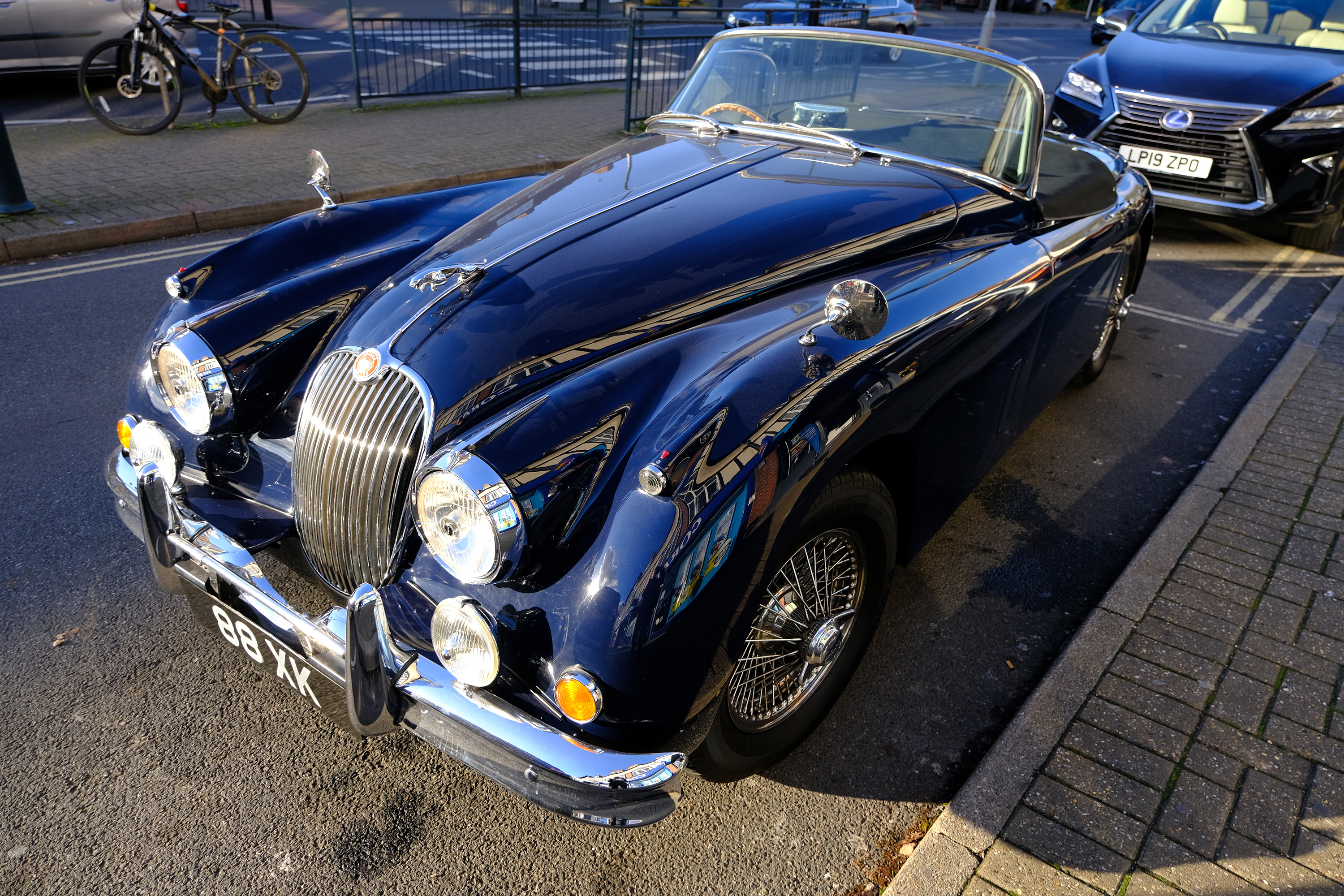
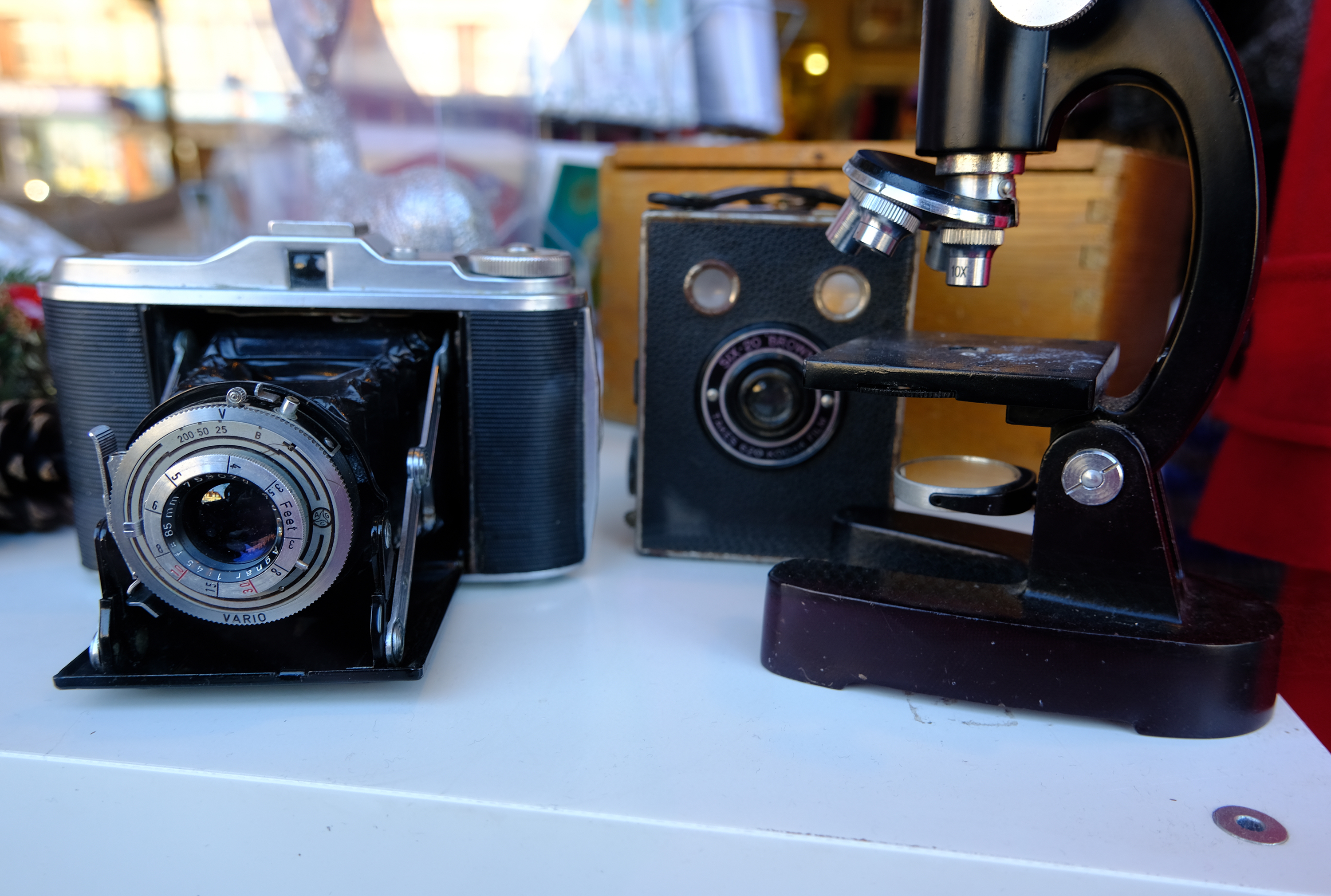


Fuji X-T4review: Verdict
The mirrorless X-T4 camera is another solidly built, solid performing offering from Fujifilm, for when you want an interchangeable lens APS-C sensor mirrorless camera that can punch above its weight and compete with a mid-range APS-C DSLR, but without giving you back or shoulder ache. It’s reliable when it comes to subject accuracy and delivers some stunning images. What’s not to like?
Liked this?
- Best instant camera
- Best travel camera
- Best camera for kids
- Best entry-level camera
- Best cheap full-frame camera

Gavin Stoker has been writing about photography and technology for the past 20 years. He currently edits the trade magazine British Photographic Industry News - BPI News for short - which is a member of TIPA, the international Technical Imaging Press Association.